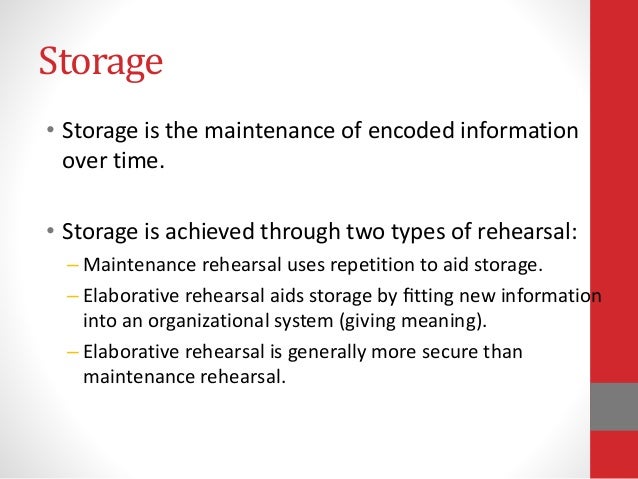

The second and third stages are storage and retrieval. In psychology, encoding (or memory encoding) is considered the first of three stages in the memory process. Decoding can be defined at the receiver interpreting the message and coming to an understanding about what the source is communicating.Feedback refers to any response the receiver offers to the message, this could be communication or behavior. For example, all viewers of a television advertisement can be referred to as the ‘receivers’ of the message.When the receiver views or hears the message they do what is termed ‘decoding’. A message channel is a term that refers to the medium that carries the message from the sender to the receiver.Anyone who is audience to the message is referred to as the receiver. This is done using words, symbols, pictures, symbols and sounds.The encoded message must now be delivered to its audience via a message channel. ‘Encoding’ can be defined as transforming an abstract idea into a communicable message. The source refers to the individual or group who intend to communicate an idea to their audience.When the source of the communication puts together their intended message, this is referred to as ‘Encoding’. The Encoding/Decoding model has several parts: source/sender, encoding, message channel, receiver, decoding and feedback.The process of communication begins with the ‘source’ also known as the ‘Sender’. The process of communication can be understood using a model known as the ‘Encoding/Decoding’ model. The Marketing Study Guide (20 13–17) has an explanation of encoding communication : See also Daniel Chandler Semiotics for Beginners (accessed )

Semiology needs to take account of the context of encoding and decoding. Encoding and decoding are elements of semiological analysis.


 0 kommentar(er)
0 kommentar(er)
